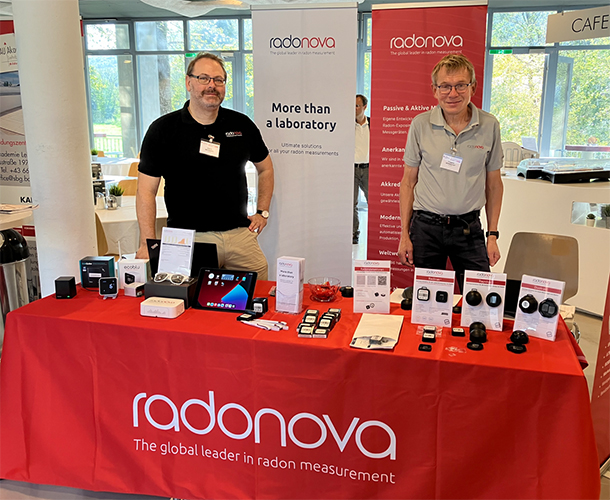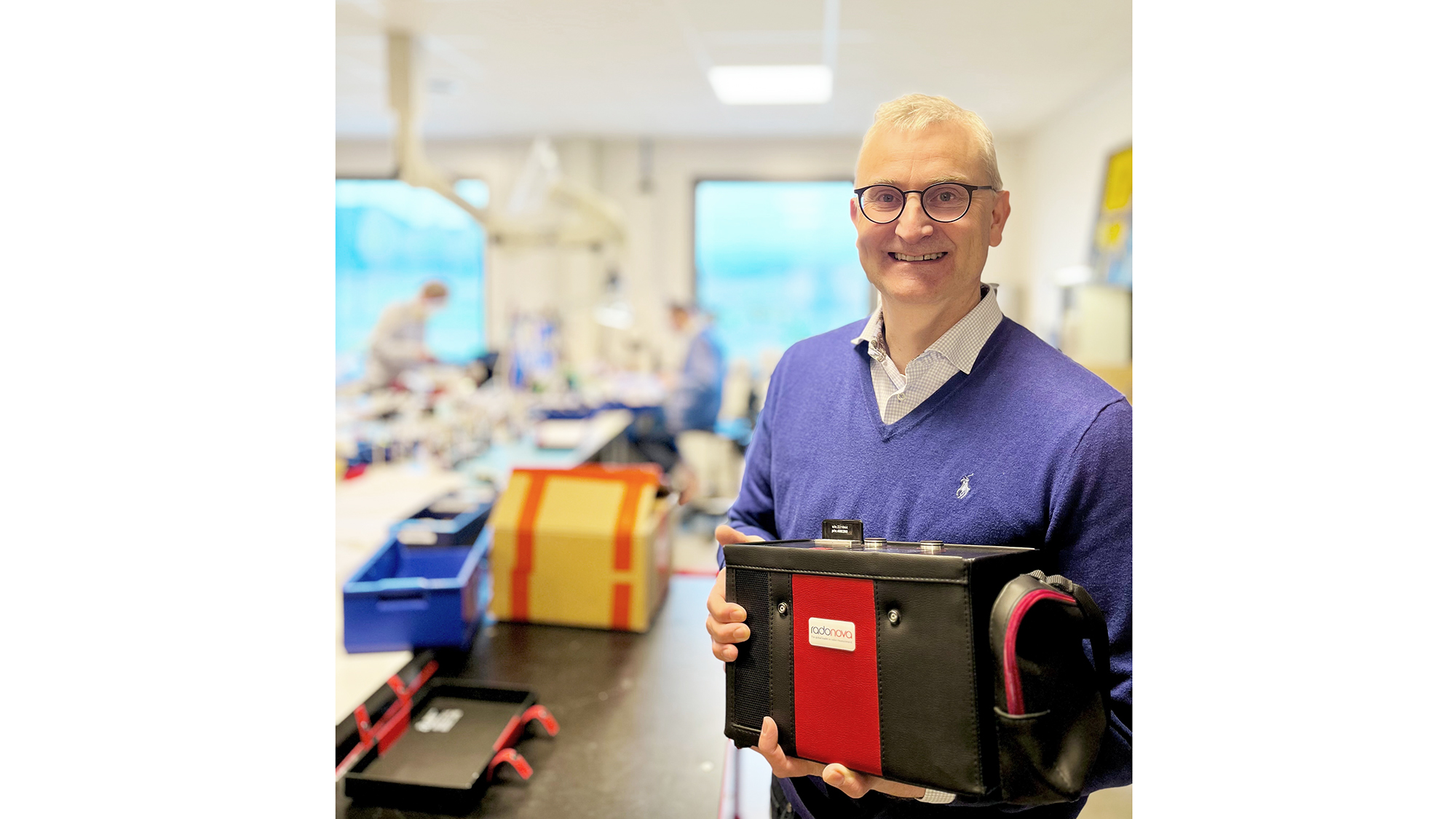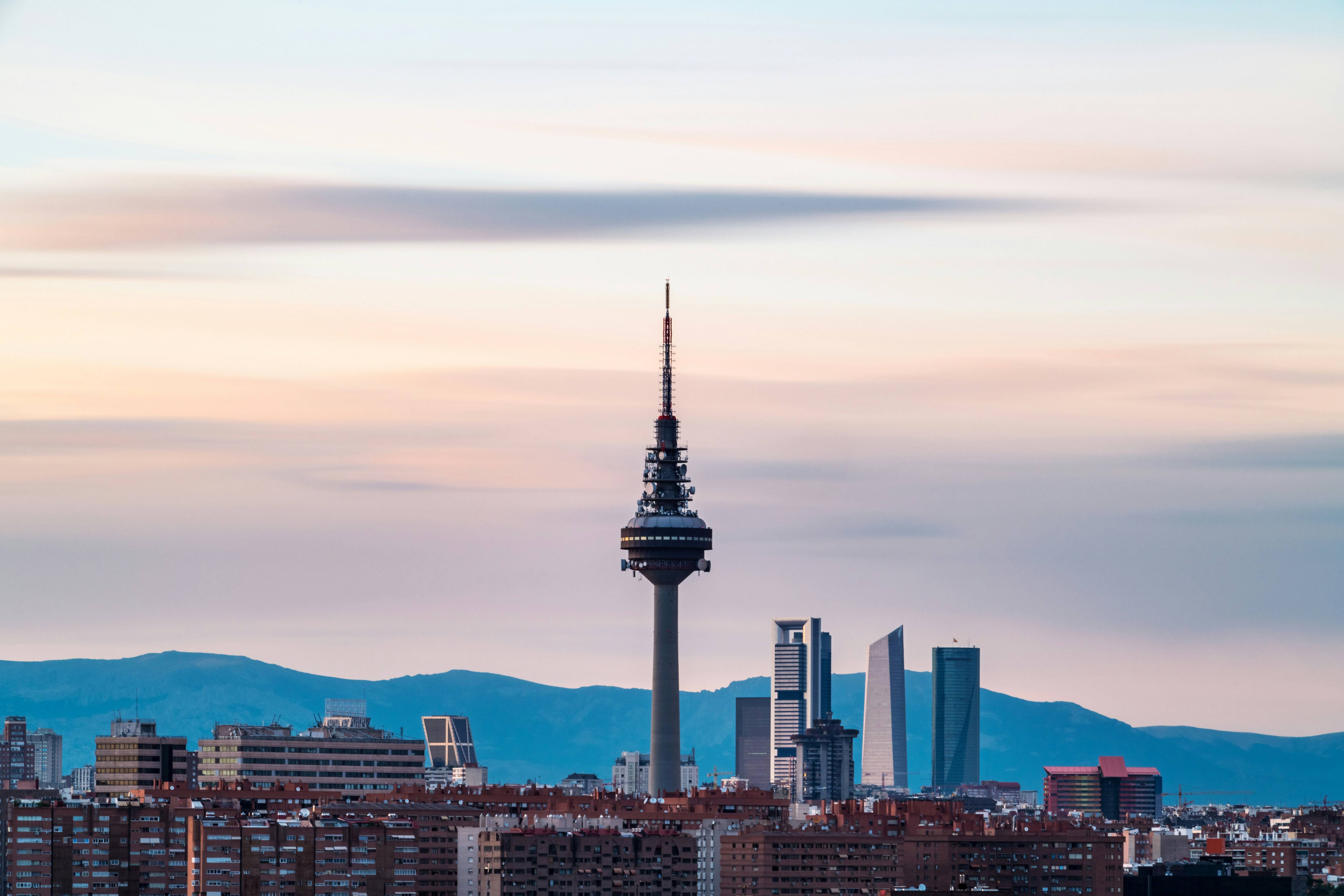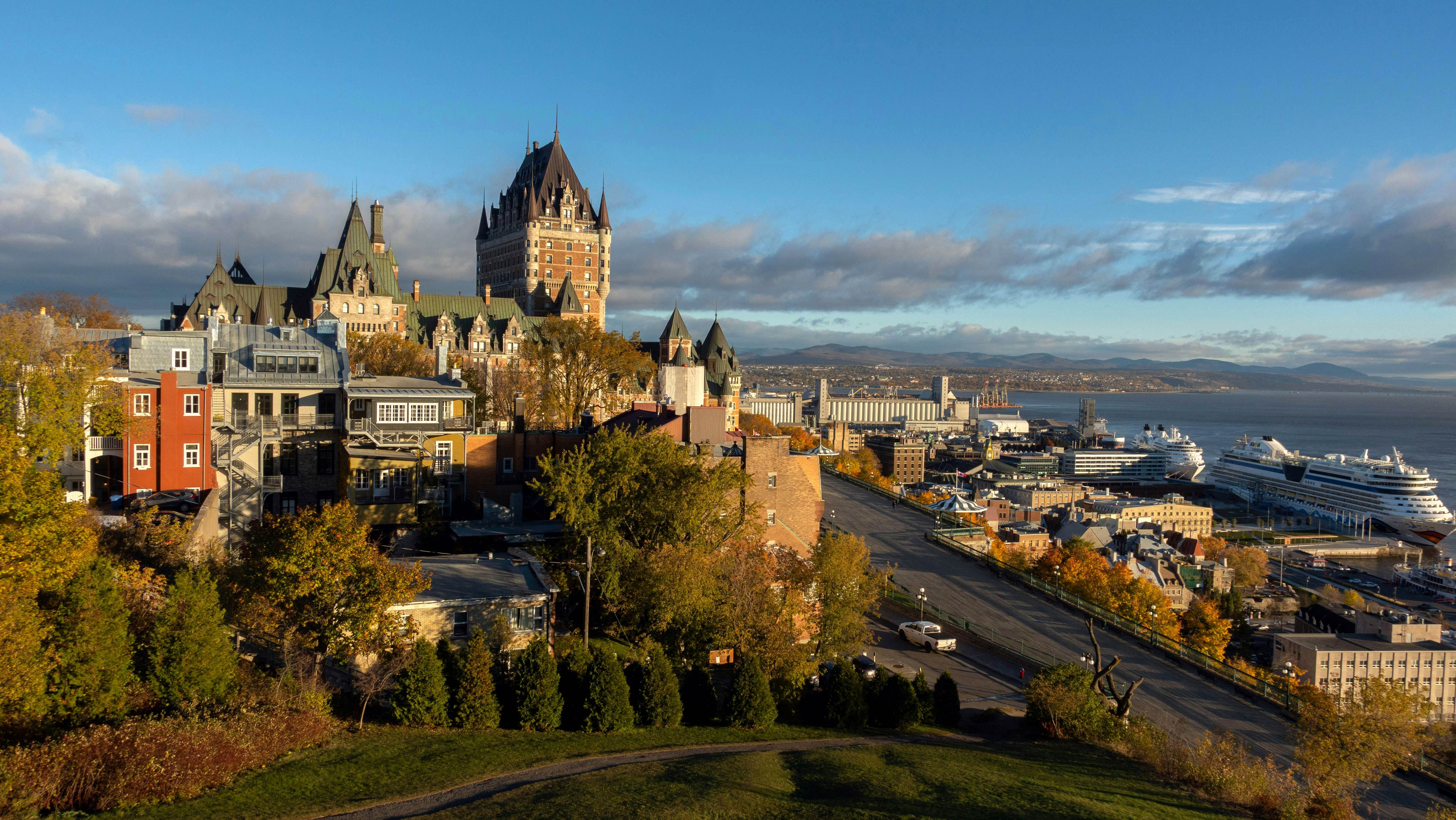On October 3rd and 4th, Salzburg hosted the third annual “Treffen des Radon-Netzwerks Österreich.” This recurring event creates a meeting place for authorities, researchers, private entities, and other stakeholders in the radon industry. Among the participants were Tryggve Rönnqvist and Patrik Nöteberg from Radonova.
“When there are many different parties, responsibilities, and interests involved, the radon issue can become relatively complex. Although Austria may not have progressed as far as some other countries, there is still a strong willingness to address the radon issue. Therefore, this event is important to driving progress,” commented Radonova’s Patrik Nöteberg.
The Austrian Public Health Authority (AGES) was also present. In addition to its regulatory role, AGES also has a commercial side where, in collaboration with Radonova, they offer radon measurements for workplaces and residences.
“An interesting aspect is that AGES, on behalf of the responsible Austrian Ministry (BMK), conducts free radon measurements for private individuals. Such government-subsidized campaigns can, of course, help increase the number of radon measurements and contribute to more knowledge about current radon levels in private residences. The annual campaigns have received a positive response from the population, and many want to participate. Here, we greatly benefit from our powerful IT support, which enables easy handling and distribution even for large-scale measurements,” continued Patrik Nöteberg.
Radon mitigation and remediation
The issue of remediation was a central point on the event agenda. Colin Dumais from Radon West in Canada, for instance, delivered a presentation on large-scale remediation projects in his presentation entitled “Overview of the Canadian Radon Mitigation Methodology”.
“Remediation work is, of course, a central part of this issue. When elevated radon levels are documented, it is essential that the reduction action is as effective as possible. It is particularly important to share knowledge and experience with others, and Colin Dumais provided a very interesting presentation on the experiences from Canada,” commented Radonova’s Tryggve Rönnqvist.
Visit to salt mine
The event concluded with a trip to a famous local salt mine with origins dating back thousands of years. This type of “show mine” is a significant tourist attraction in Austria and is also an example of a radon-exposed workplace. The excursion provided Radonova and other exhibitors with the opportunity to demonstrate and discuss their instruments deep inside the mountain.







